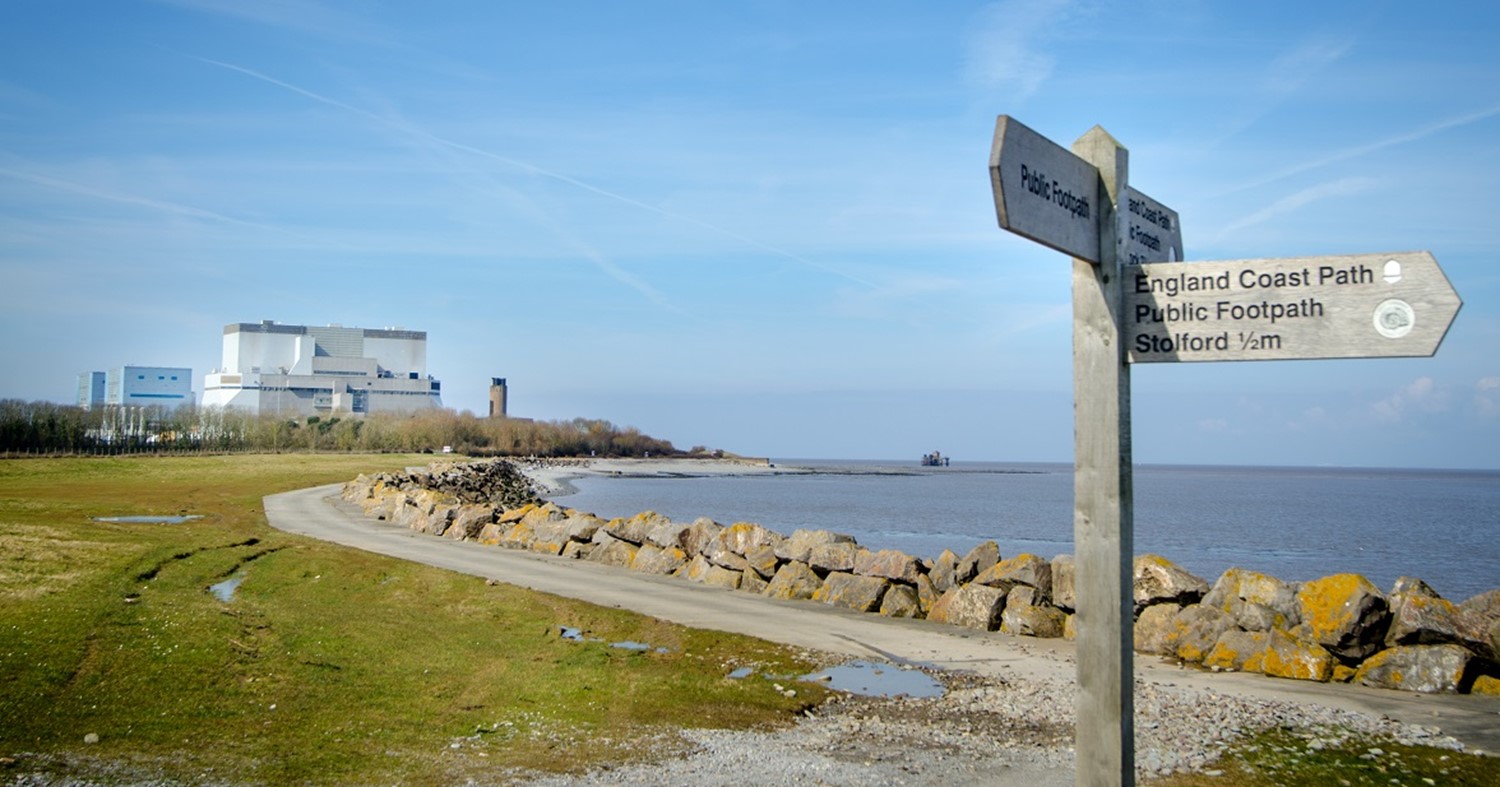Research being done at INL’s Energy Systems Laboratory is providing information on how nuclear power plants can contribute to effective energy storage and discharge, to aid in arbitrage. (Photo: INL)
Can nuclear power plants prosper in the grid of 2030 or 2035, when new wind and solar farms will make electricity prices even more volatile? Can plants install energy storage that will help them keep running at full power, 24/7, to ride out times of surplus and sell their energy only when prices are high?
A stylized image of a cryogenic target used in NIF experiments. (Image: James Wickboldt/LLNL)
A map showing the location of Powertech USA's Dewey Burdock site in South Dakota. (Image: NRC)
In the latest episode of a years-long dispute, the D.C. circuit court has denied a petition to reverse the Nuclear Regulatory Commission’s 2014 decision granting a license to Powertech USA for uranium extraction at its Dewey Burdock site, the company’s parent, enCore Energy, announced yesterday.
NNSA administrator Jill Hruby (right) and Ken Nakajima, director of the Institute for Integrated Radiation and Nuclear Science at Kyoto University, in the KUCA control room. (Photo: NNSA)
The Olkiluoto nuclear power plant in Finland. (Photo: TVO)
Teollisuuden Voima Oyj (TVO), owner and operator of the Olkiluoto nuclear power plant in Finland, has resumed Olkiluoto-3’s test production phase, following completion of maintenance and repair work at the new reactor’s turbine island, the company announced this week.
TVO had announced in June a delay to the unit’s commercial start of some three months—from September to December—after material that had detached from the steam guide plates was found in the turbine’s steam reheater in May, necessitating repair work and a halt to testing.
The Grand Gulf nuclear power plant. (Photo: Entergy)
While the Mississippi Public Service Commission earlier this year accepted a $300 million offer from Entergy Corporation to settle its portion of a multistate dispute with the utility over Grand Gulf nuclear plant customer rate impacts, the Arkansas Public Service Commission last week turned down its own $142 million offer, terming it “a low-ball amount.”
A release box containing about 15 million sterile male fruit flies is loaded into a Cessna aircraft for release over Colima, Mexico, earlier this year. (Photo: DGSV SENASICA)
Mexican authorities announced last week that the Mediterranean fruit fly, more commonly known as the medfly, had been successfully eradicated in the state of Colima using a nuclear technique described by the International Atomic Energy Agency (IAEA) as “birth control for pests.” Mexico used the sterile insect technique (SIT) in cooperation with the IAEA and the Food and Agricultural Organization of the United Nations (FAO) to protect fruit and vegetable crops, farmers’ livelihoods, and the country’s economy.
Rendering of the proposed GEH Nuclear Energy BWRX-300 SMR at the Clinch River site. (Image: GE Hitachi)
The Tennessee Valley Authority and GE Hitachi Nuclear Energy (GEH) have signed an agreement to support planning and preliminary licensing for the potential deployment of a BWRX-300 small modular reactor at the Clinch River site near Oak Ridge, Tenn., the utility’s president and chief executive officer, Jeff Lyash, announced last week.
An evolution of GEH’s 1,520-MWe Generation III+ ESBWR design, the BWRX-300 is a 300-MWe water-cooled, natural-circulation SMR with passive safety systems.
The CANDU reactors at Qinshan. (Photo: Wikimedia/Atomic Energy of Canada Limited)
SNC-Lavalin subsidiary Candu Energy recently announced that it is engaged in pre-project design and engineering work at the Qinshan Phase III nuclear power station in China’s Zhejiang Province with Third Qinshan Nuclear Power Company (TQNPC), the plant’s operator.
EDF Energy’s Hinkley Point B nuclear power station, in Somerset, England. (Photo: EDF Energy)
By all accounts the most productive nuclear power plant in British history, Somerset’s Hinkley Point B station closed for good on August 1, with the shutdown of its B1 unit, a 485-MWe advanced gas-cooled reactor. (The plant’s B2 unit, a 480-MWe AGR, was shuttered early last month.)
The station employed around 500 staff and 250 contractors and contributed approximately £40 million (about $48.7 million) per year to the Somerset economy, according to EDF Energy, owner and operator of the United Kingdom’s power reactor fleet.
Pictured during a tour of the EBR-II site are, from left, Robert Boston, DOE-ID manager; Rep. Mike Simpson (R., Idaho); Secretary Granholm; Director Wagner; and Marianne Walck, INL deputy laboratory director for science and technology. (Photo: INL)
Energy Secretary Jennifer Granholm visited Idaho National Laboratory on August 3 to meet with INL staff, including director John Wagner, as she toured key research facilities on INL’s 890-square-mile site and the lab’s campus in Idaho Falls.
Unit 3 at the Vogtle site in July 2022. (Photo: Georgia Power)
The Nuclear Regulatory Commission has authorized Vogtle plant operator Southern Nuclear to load fuel and begin operation at Unit 3—the first reactor to reach this point in the agency’s combined license process. (Prior to 1989, reactors were licensed under a two-step process, requiring both a construction permit and an operating license.)


















